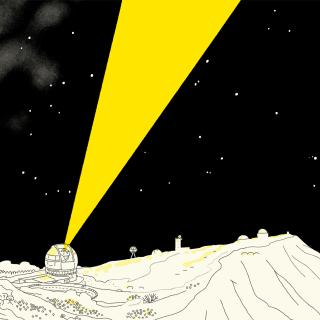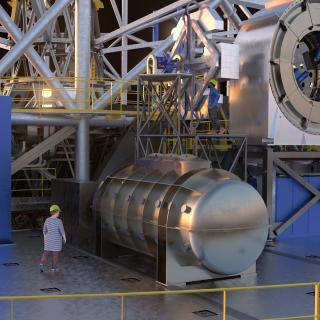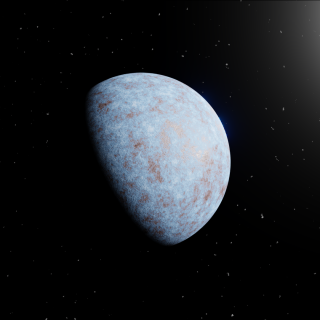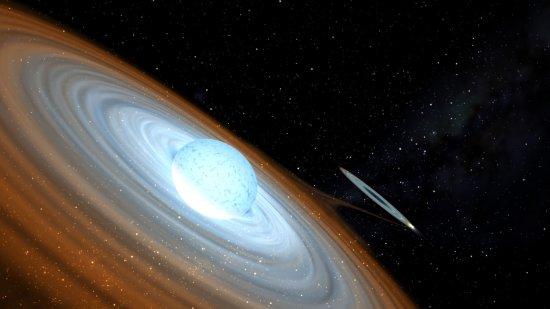It may interest you
-
 UNDARK is a pioneering project led by the Instituto de Astrofísica de Canarias (IAC) bringing together outstanding international institutions in the fields of astrophysics, cosmology, and particle physics. Funded for three years via the 'Widening' programme of the European Union, its objective is to tackle one of the major puzzles of contemporary physics: the dark universe. The major part of the Cosmos is composed by the so-called “dark universe”. Barely 18% of the total matter in the universe is made up of the elements in atoms with which we are familiar, while the remaining 82%, termedAdvertised on
UNDARK is a pioneering project led by the Instituto de Astrofísica de Canarias (IAC) bringing together outstanding international institutions in the fields of astrophysics, cosmology, and particle physics. Funded for three years via the 'Widening' programme of the European Union, its objective is to tackle one of the major puzzles of contemporary physics: the dark universe. The major part of the Cosmos is composed by the so-called “dark universe”. Barely 18% of the total matter in the universe is made up of the elements in atoms with which we are familiar, while the remaining 82%, termedAdvertised on -
 The European Southern Observatory (ESO) has signed an agreement with an international consortium of institutions, including the Instituto de Astrofísica de Canarias (IAC), the Instituto de Astrofísica de Andalucía (IAA) and the Centro de Astrobiología de Madrid (CSIC-INTA), for the design and construction of ANDES, the ArmazoNes high Dispersion Echelle Spectrograph. The instrument will be installed on ESO’s Extremely Large Telescope (ELT). It will be used to search for signs of life in exoplanets and look for the very first stars, as well as to test variations of the fundamental constants ofAdvertised on
The European Southern Observatory (ESO) has signed an agreement with an international consortium of institutions, including the Instituto de Astrofísica de Canarias (IAC), the Instituto de Astrofísica de Andalucía (IAA) and the Centro de Astrobiología de Madrid (CSIC-INTA), for the design and construction of ANDES, the ArmazoNes high Dispersion Echelle Spectrograph. The instrument will be installed on ESO’s Extremely Large Telescope (ELT). It will be used to search for signs of life in exoplanets and look for the very first stars, as well as to test variations of the fundamental constants ofAdvertised on -
 An international team of researchers, with participation from the Instituto de Astrofísica de Canarias, has discovered an extremely dense Neptune-sized planet, which challenges the conventional theories about the formation and evolution of planets. It was first identified with NASA’s TESS satellite, and the present studies were made with the HARPS-N spectrograph on the Telescopio Nazionale Galileo (TNG), at the Roque de los Muchachos Observatory (Garafía, La Palma, Canary Islands). The results of the study have been published in the journal Nature. It is called TOI-1853b and is reallyAdvertised on
An international team of researchers, with participation from the Instituto de Astrofísica de Canarias, has discovered an extremely dense Neptune-sized planet, which challenges the conventional theories about the formation and evolution of planets. It was first identified with NASA’s TESS satellite, and the present studies were made with the HARPS-N spectrograph on the Telescopio Nazionale Galileo (TNG), at the Roque de los Muchachos Observatory (Garafía, La Palma, Canary Islands). The results of the study have been published in the journal Nature. It is called TOI-1853b and is reallyAdvertised on
